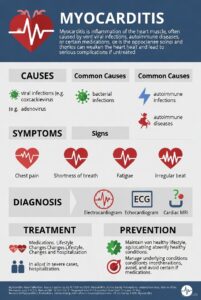-
-
- Preventing or minimizing separation
- Nurses must have an appreciation of the child’s separation behaviors.
- The child is allowed to cry.
- Even if the child rejects strangers, the nurse provides support through physical presence.
- The use of cellular phones can increase the contact between the hospitalized child and parents or other significant family members and friends.
- Nurses must have an appreciation of the child’s separation behaviors.
- Preventing or minimizing parental absence
- Minimizing loss of control
- Promoting freedom of movement
- Maintaining child’s routine
- Encouraging independence and industry
- Providing developmentally appropriate activities
- Providing opportunities for play and expressive activities
- Functions of Play in the Hospital
- Provides diversion and brings about relaxation
- Helps the child feel more secure in a strange environment
- Lessens the stress of separation and the feeling of homesickness
- Provides a means for release of tension and expression of feelings
- Encourages interaction and development of positive attitudes toward others
- Provides an expressive outlet for creative ideas and interests
- Provides a means for accomplishing therapeutic goals
- Places the child in active role and provides opportunity to make choices and be in control
- Diversional activities
- Toys
- Expressive activities
- Creative expression
- Dramatic play
- Functions of Play in the Hospital
- Maximizing the potential benefits of hospitalization
- Fostering parent-child relationships
- Providing educational opportunities
- Promoting self-mastery
- Providing socialization
- Preventing or minimizing separation
-

Reduce Your Risk from Respiratory Viruses This Holiday Season
November 20, 2024, 12:30 PM EST For Everyone NOV. 20, 2024 WHAT TO KNOW Flu, COVID-19, and RSV illnesses are at low levels right now



